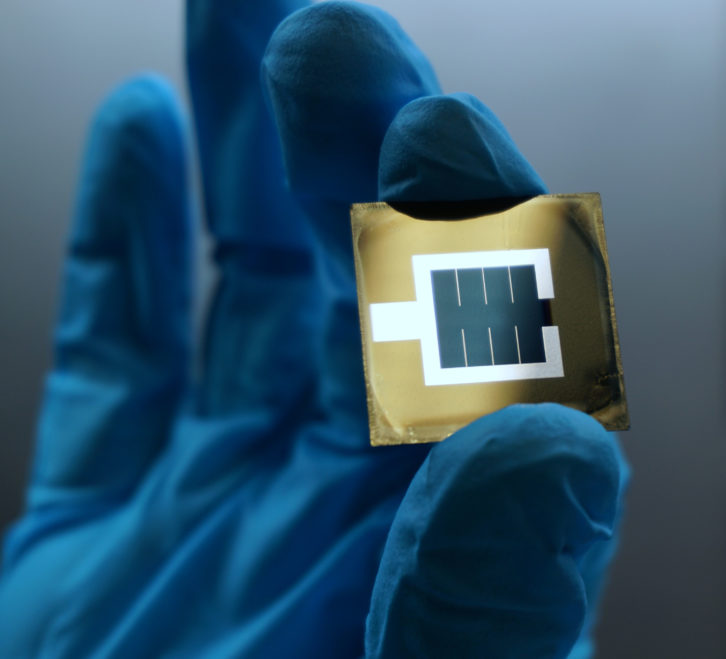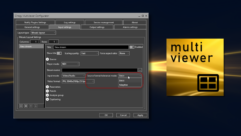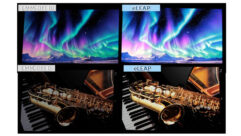
With the global energy crisis going on, pro AV is constantly in a tug of war between its needs and what energy sources are available. Some have had success with combining solar power with their installations to reduce their strain on the power grid, but solar solutions have more often than not been impractical or inefficient. This may soon change, however, as breakthroughs are happening all the time. A team at Helmholtz Zentrum Berlin (HZB) have broken the record once again, championing a solar cell with an efficiency of $32.5%. This is monumental, as as recently as one year ago, the record was 29.8%, followed by a new record of 31.3% just earlier this year.
The new cell is a tandem solar cell, making use of both the industry standard silicon as well as persovskite, a material that has only recently showed promise. While silicon has been standard due to its durability and cost, researchers have hit a brick wall when it comes to improving its efficiency.
See also: German researchers post record-breaking semiconductor speeds using salt water
The breakthrough in improving efficiency has come from scientists realization that by combining materials, they can harvest a broader spectrum of sunlight. The upper cell level made of perovskite can utilize blue light, the lower cell made of silicon can process the red and near-infrared components of the spectrum. As more parts of the spectrum are processed, efficiency is gained.
With such a rapidly increasing efficiency record (thanks to warring factions around the globe looking to push the envelope and hoist the trophy for ‘most efficient solar cell’), it is looking like only a matter of time that logistical roadblocks preventing AV from taking fuller advantage of solar power are a thing of the past.
Source: HZB










